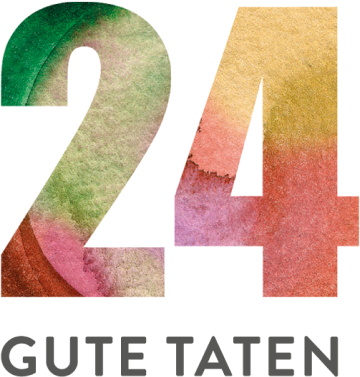Day 16
Four tablets for a child with disabilities in Nicaragua
 Let me live a life without fear!
Let me live a life without fear!
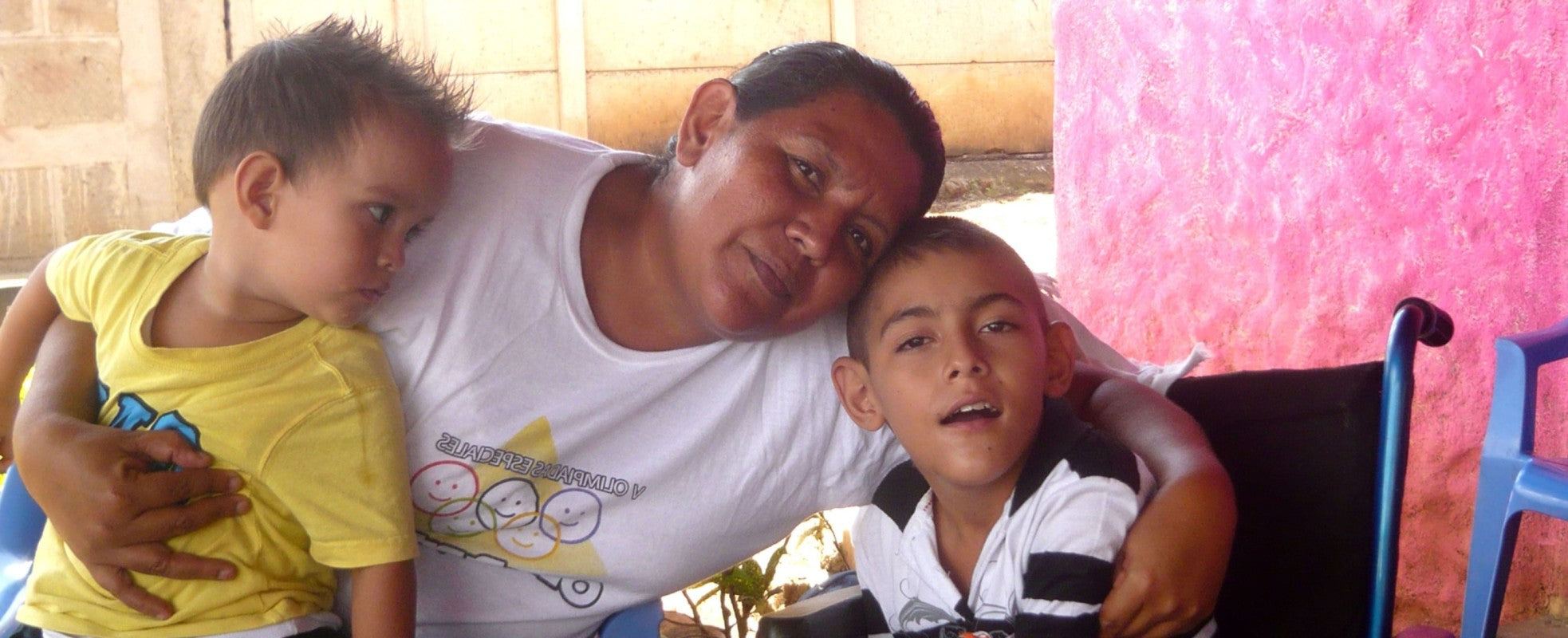
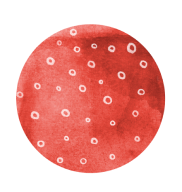
Living with a disability in Nicaragua

need
Medical care for children with disabilities in San Rafael del Sur, Nicaragua.
activity
Financing important medicines and vital operations for children with disabilities.
Measurable performance
Number of children with disabilities who were able to take their medication. Plus the number of operations financed.
Result
Improvement of the health of children, faster progress in physiotherapy, enabling them to attend school despite disabilities.
Systemically relevant impact
Improving health during children’s growth phase for a healthy and more independent life in adulthood.
background
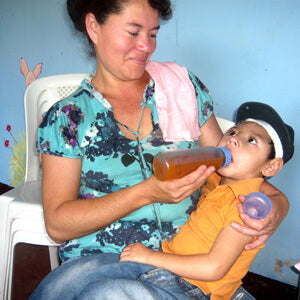
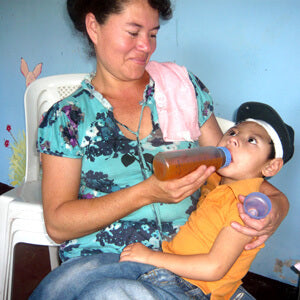
The good deed
AboutNicaragua
Managua
Capital city
6 080 500
Population
1 881 USD
Gross domestic product
per capita per year
132
Human Development Index
(Human Development Index)
